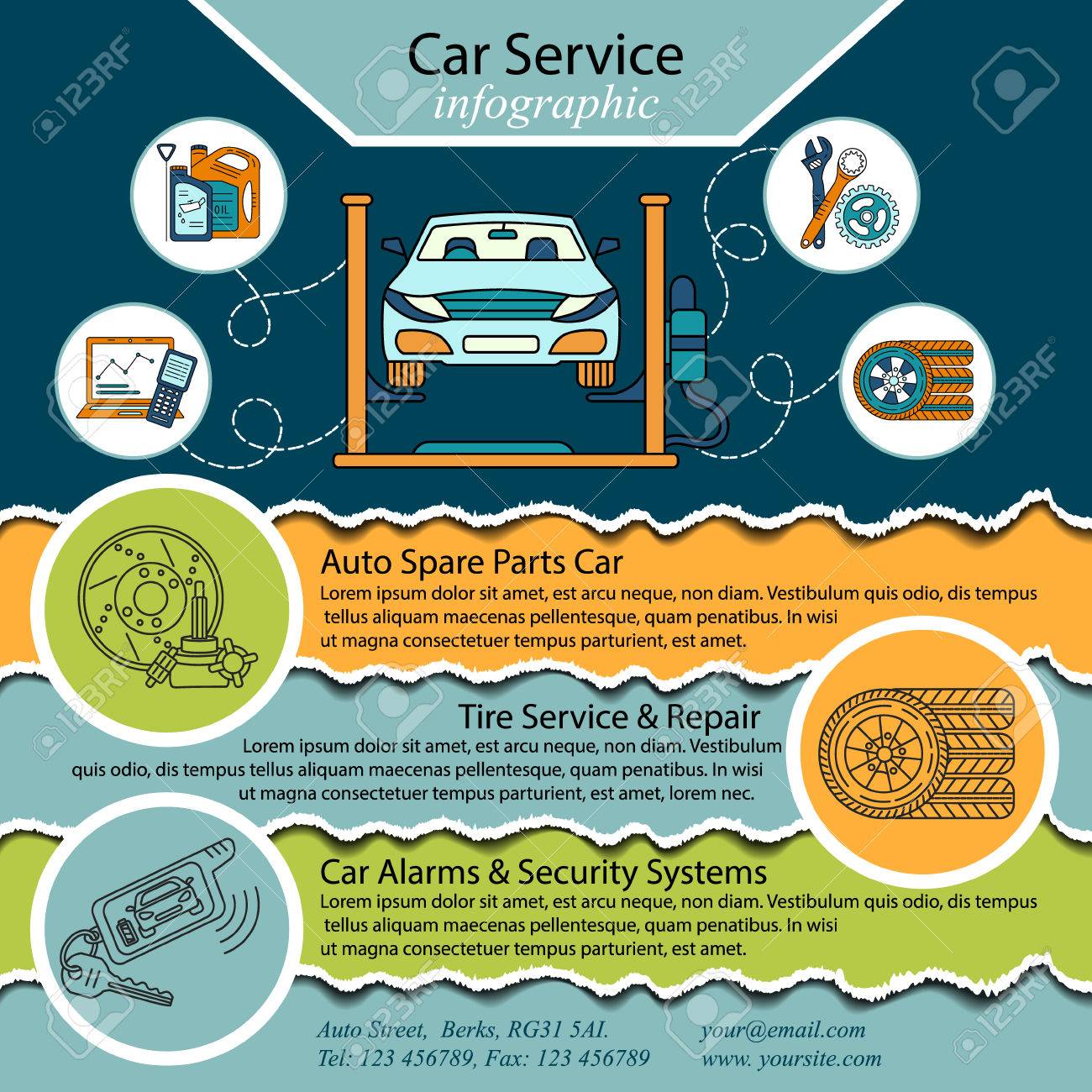Decoding Your Automobile'S Caution Indicators: What They Truly Represent
Decoding Your Automobile'S Caution Indicators: What They Truly Represent
Blog Article
Write-Up Written By-Lim Dalgaard
When you're behind the wheel, those radiant warning lights on your dashboard can be a little bit difficult. Do you recognize what they're attempting to tell you concerning your car's wellness? Recognizing the relevance of these lights is vital for your safety and the long life of your car. So, the following time one of those lights pops up, would not you wish to decipher its message accurately and take the essential steps to resolve it?
Common Caution Lighting and Interpretations
Determine usual caution lights in your auto and comprehend their significances to ensure risk-free driving.
One of the most typical warning lights consist of the check engine light, which signals concerns with the engine or emissions system. If this light begins, it's critical to have your vehicle inspected quickly.
The oil stress alerting light indicates reduced oil stress, calling for instant interest to stop engine damage.
A flashing battery light might recommend a damaged billing system, potentially leaving you stranded otherwise resolved.
The tire stress monitoring system (TPMS) light alerts you to reduced tire pressure, impacting lorry security and fuel effectiveness. Neglecting this can cause risky driving problems.
The ABS light shows a trouble with the anti-lock stopping system, jeopardizing your capability to quit promptly in emergencies.
Lastly, the coolant temperature warning light warns of engine getting too hot, which can cause extreme damages otherwise solved quickly.
Understanding these common caution lights will assist you address problems without delay and maintain risk-free driving problems.
Relevance of Prompt Attention
Comprehending the usual warning lights in your cars and truck is only the primary step; the significance of promptly resolving these cautions can't be highlighted enough to guarantee your safety when traveling.
When a warning light brightens on your dashboard, it's your cars and truck's way of connecting a possible issue that needs attention. Overlooking these cautions can lead to a lot more serious troubles later on, compromising your safety and security and potentially costing you much more out of commission.
just click for source to alerting lights can protect against breakdowns and crashes. As an example, a blinking check engine light could indicate a misfire that, if left unattended, might create damages to the catalytic converter. Addressing this immediately can save you from a costly fixing.
Likewise, a brake system advising light could signify reduced brake fluid or worn brake pads, important components for your security when driving.
DIY Troubleshooting Tips
If you observe a caution light on your dashboard, there are a couple of DIY repairing suggestions you can attempt prior to seeking expert aid.
The very first step is to consult your automobile's guidebook to understand what the particular caution light shows. Often the concern can be as simple as a loosened gas cap setting off the check engine light. Tightening up the gas cap may deal with the problem.
please click the next website page is a reduced battery, which can cause various warning lights. Checking the battery connections for corrosion and guaranteeing they're safe may take care of the problem.
If a caution light lingers, you can try resetting it by separating the car's battery for a couple of mins and after that reconnecting it. In addition, examining your vehicle's liquid levels, such as oil, coolant, and brake liquid, can assist repair alerting lights related to these systems.
Conclusion
In conclusion, comprehending your car's caution lights is necessary for keeping your automobile running smoothly and securely. By promptly addressing these signals and knowing what they suggest, you can avoid expensive repair services and potential break downs.
Keep in mind to consult your vehicle's handbook for certain information on each alerting light and take action as necessary to ensure a trouble-free driving experience.
Stay educated, remain safe when driving!
